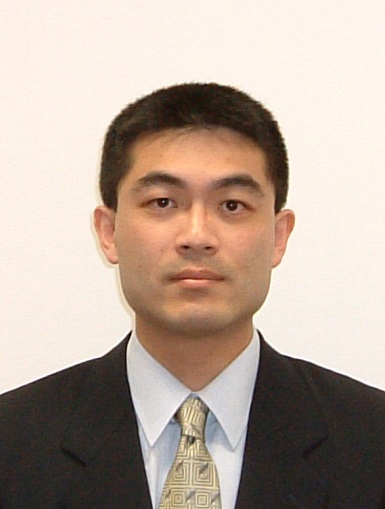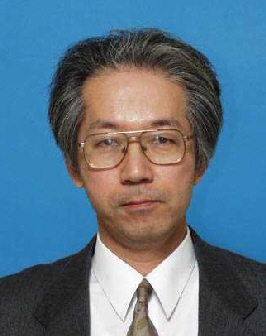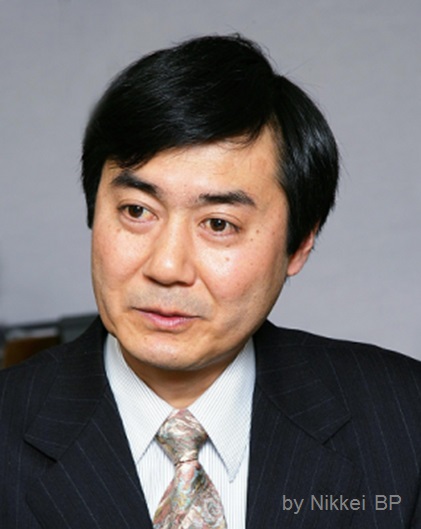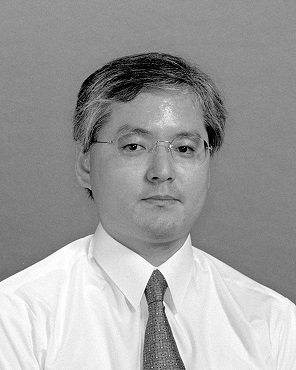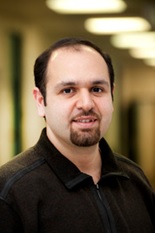Phase noise and jitter pose limits to resolution in communication receivers and measurement systems. This paper will show in simple ways the mechanisms that convert thermal noise in oscillators and amplifiers to fluctuations in time, and design methods for their mitigation.
It will also describe how to evaluate deterioration in the quality of various types of waveforms caused by mixing or sampling with clocks that are corrupted by jitter or phase noise.
|
Biography: Asad A. Abidi received the B.Sc. (with Honors) degree from Imperial College, London, U.K. in 1976, and the M.S. and Ph.D. degrees in electrical engineering from the University of California, Berkeley, in 1978 and 1981, respectively. He was at Bell Laboratories, Murray Hill, NJ, from 1981 to 1984 as a Member of Technical Staff in the Advanced LSI Development Laboratory. Since 1985, he has been with the Electrical Engineering Department of the University of California, Los Angeles, where he is Professor. He was a Visiting Faculty Researcher at Hewlett Packard Laboratories in 1989. His research interests are in CMOS RF design, data high-speed analog integrated circuit design, conversion, and other techniques of analog signal processing. Dr. Abidi was the Program Secretary for the International Solid-State Circuits Conference from 1984 to 1990, and General Chairman of the Symposium on VLSI Circuits in 1992. He was Secretary of the IEEE Solid-state Circuits Council from 1990 to 1991. From 1992 to 1995, he was Editor of the IEEE Journal of Solid-state Circuits. |
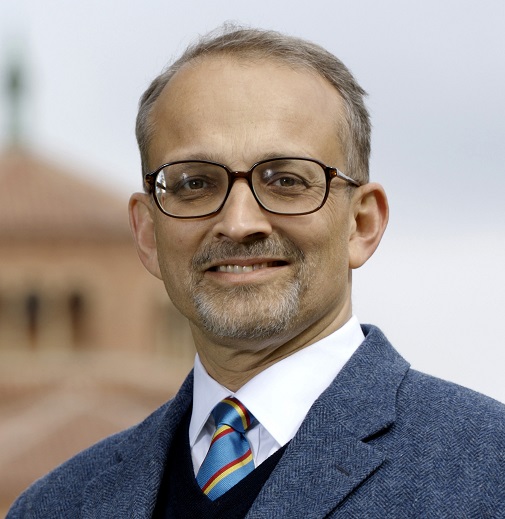
|
